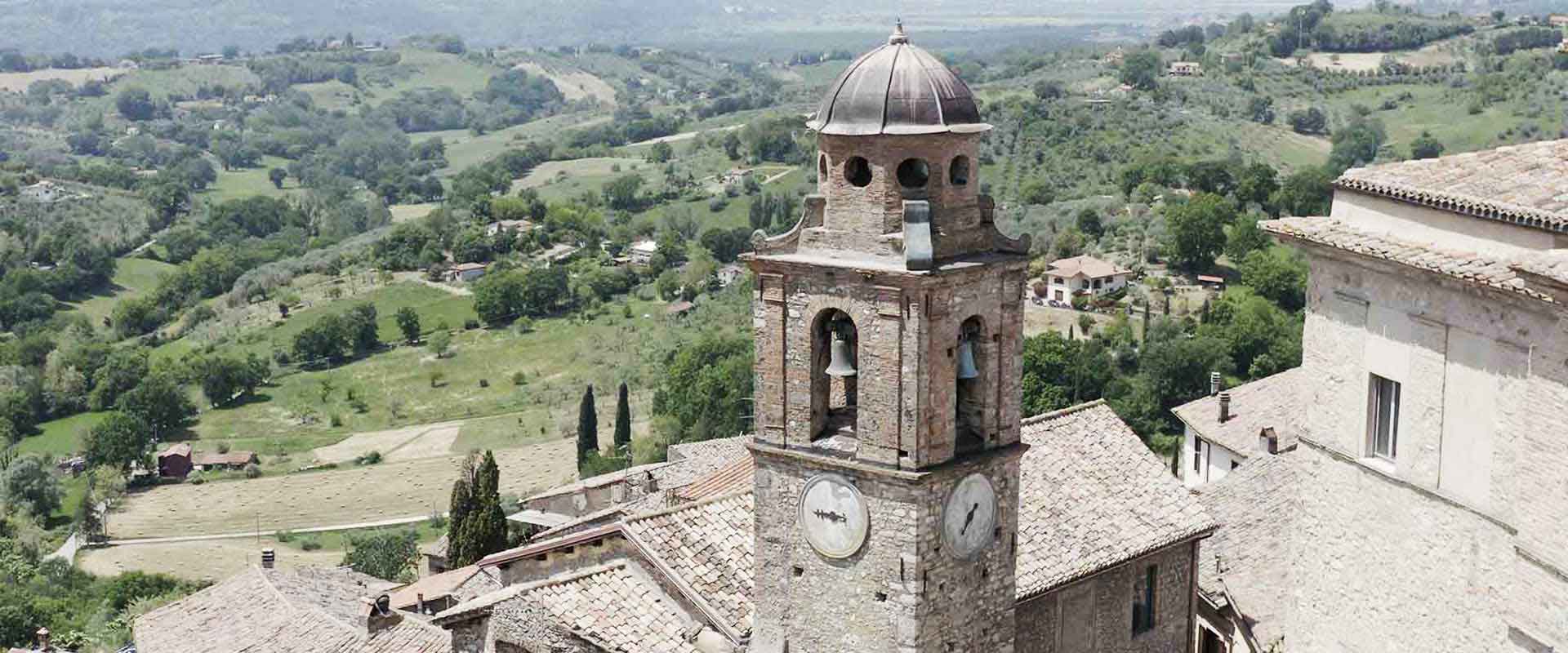
The Sabina: A Historical and Natural Treasure Just a Few Passes from Rome
Only 40 kilometers from Rome, Sabina represents a jewel set between the Tiber River and the Sabine Mountains, a section of the Apennine chain.
The Sabina area, known for its suggestive hilly landscapes embellished with extensive olive groves, rises to mountains dominated by oak forests. Every corner of this area holds medieval villages, castles and ancient monasteries, symbols of a historical legacy almost untouched by time and scarcely affected by modern development.
The Millennial History of Sabina and Its Agricultural Landscape.
The Sabina is distinguished by a millennia-old history that has left significant archaeological traces, testifying to the region’s use as an agricultural hub since the days of ancient Rome. As early as the first century B.C., historian Strabo described the landscape of the Sabina with its olive groves and vineyards, an image that surprisingly persists to this day. The centuries-long interaction between man and nature has shaped an agricultural landscape where traditional farming practices have found a perfect balance with the environment, particularly in olive growing, favored by the hilly morphology of the territory.
Medieval Villages: Evidence of a Flourishing Era.
The geography of Sabina played a crucial role in the region’s historical and cultural development. The density of medieval settlements reflects a robust population in an era characterized by a general demographic decline in Europe. These villages, often situated on hilly spurs, offered strategic positions for defense and benefited from a mild climate and abundant water resources, factors that stimulated flourishing agriculture and contributed to local prosperity.
Changing Priorities and the Challenge of Depopulation.
Today, changes in housing and work priorities have led to a depopulation of the higher villages, with many having only a few hundred inhabitants. There is growing interest in responsible tourism development, advanced telecommunications and a strong sense of community, which could play a key role in preserving these historic treasures from abandonment.
Conclusion: Sabina, an Ideal Choice for Sustainable Tourism
Sabina presents itself as an ideal destination for those seeking an authentic and sustainable experience, combining history, nature and culture in one beautiful landscape. Its proximity to Rome, combined with its rich historical and natural heritage, makes it a must-see destination for travelers seeking an escape from the hustle and bustle of modern life.
